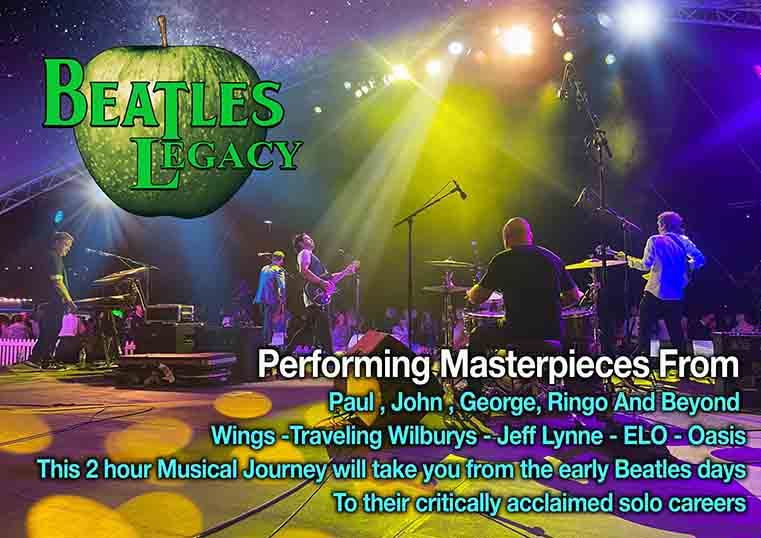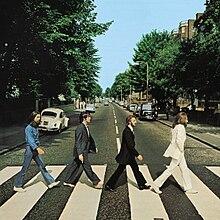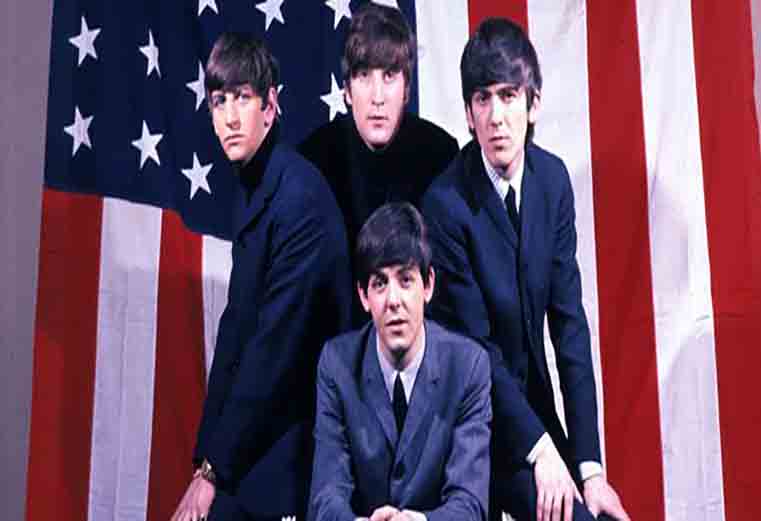The Beatles did not simply change the landscape of music in their time; they reframed culture itself, setting precedents that resonate through the fabric of modern music today. Their innovative use of studio techniques, such as multi-track recording and unconventional instrumentation, paved the way for future artists to explore sound beyond traditional boundaries. With songs that blended genres—from rock and pop to music hall and classical influences—the Fab Four encouraged musicians to experiment, leading to the rich tapestry of musical styles we see in contemporary music. Today, artists like Bruno Mars, Billie Eilish, and Tame Impala embody this spirit of artistic exploration, often crediting The Beatles as a foundational influence on their creative journeys.
Moreover, The Beatles transformed the relationship between artists and their audiences, promoting not just a musical experience but a cultural movement. Their lyrics often addressed social change, love, and personal introspection, themes that are prevalent in today’s songwriting. This connection has encouraged a new generation of musicians to convey deeper messages and connect authentically with listeners. Examples abound: Hozier‘s poignant reflections on societal issues and Ariana Grande‘s exploration of emotional vulnerability echo the lyrical depth first popularized by Lennon and McCartney. The Beatles’ approach to album cohesion and storytelling has also influenced how contemporary albums are structured, moving away from mere collections of songs toward cohesive narrative experiences.
Reviving Classic Albums: Essential Listening for New Generations
As a cultural touchstone of the 20th century, The Beatles have left an indelible mark on music and society that transcends generations. Their innovative sound, characterized by a glorious melding of rock, pop, and experimental styles, makes their albums essential listening even today. For those new to their repertoire, albums such as “Sgt. Pepper’s Lonely Hearts Club Band” offer a kaleidoscope of auditory experiences, from the orchestral arrangements in “A Day in the Life” to the psychedelic charm of “Lucy in the Sky with Diamonds.” These works not only reflect the musical brilliance of John Lennon, Paul McCartney, George Harrison, and Ringo Starr but also encapsulate the societal shifts of the 1960s, inviting listeners to engage with history through sound.
The Beatles’ legacy extends beyond catchy melodies; it encompasses profound themes and groundbreaking production techniques that paved the way for modern music. Albums like “Revolver” and “The White Album” challenge listeners with tracks that explore personal introspection, societal critique, and experimental sounds previously unimagined in popular music. Highlights such as “Tomorrow Never Knows” and “While My Guitar Gently Weeps” showcase the band’s ability to intertwine complex emotions with catchy hooks. By encouraging folks to embrace The Beatles’ iconic catalogue, we nurture a deeper appreciation for music’s power to unite, inspire, and provoke thought, ensuring that their influence resonates with future generations.
The Fab Fours Enduring Influence on Pop Culture and Fashion
The enduring influence of the Beatles on pop culture and fashion is a phenomenon that continues to evolve, transcending generations and trends. From their early days in the shadow of rock and roll to becoming icons of counterculture, the Fab Four carved a unique niche that resonates even today. Their distinct styles, characterized by a blend of tailored suits and later psychedelic patterns, not only set trends but also challenged conventional norms. The Beatles’ fashion choices sparked a revolution, leading to a vibrant subculture that embraced individuality and self-expression. Their influence is evident in various aspects of modern fashion, where designers often reference the band’s eclectic wardrobe and concepts.
Moreover, the Beatles’ impact reaches far beyond the realm of clothing. They were trendsetters in music, art, and lifestyle, establishing a precedent for artists to engage deeply with social and political issues. This intertwining of music with fashion is exemplified in contemporary artists who draw inspiration from the Beatles, mirroring their daring styles and thematic explorations. Some key aspects of their cultural legacy include:
- Psychedelia: The vibrant colors and abstract designs of the late 1960s are still celebrated in today’s art and design.
- Counterculture Identity: The Beatles helped shape the identity of the 1960s youth, encouraging the embrace of individuality.
- Timeless Music: Their innovative sound continues to inspire musicians across genres, keeping their essence alive.

Uncovering Hidden Gems: Lesser-Known Tracks That Showcase Their Genius
The Beatles are often celebrated for their iconic singles, but delving deeper into their discography reveals a treasure trove of lesser-known tracks that exemplify their artistry and innovation. Among these hidden gems, songs like “For No One” and “Tomorrow Never Knows” stand out, showcasing not only their songwriting prowess but also their willingness to experiment with genre and sound. “For No One,” with its poignant lyrics and melancholic melody, is a masterclass in conveying emotional depth, while “Tomorrow Never Knows” pushes the boundaries of rock music with its groundbreaking use of studio effects and integration of Eastern philosophy. Fans and new listeners alike are often astonished to discover how these tracks resonate with contemporary themes, reflecting the timelessness of the band’s genius.
Furthermore, the masterful instrumentation and inventive arrangements in songs like “The Continuing Story of Bungalow Bill” and “Cry Baby Cry” reveal the Beatles’ ability to merge whimsy with sophistication. “Bungalow Bill,” with its playful narrative and blend of musical styles, invites listeners to explore a quirky storytelling approach that contrasts sharply with the heavy societal themes of their better-known anthems. Meanwhile, “Cry Baby Cry” stands out for its hauntingly beautiful simplicity and the echoing call-and-response that transports listeners into a dreamlike state. Both of these tracks are essential for understanding the fullness of the Beatles’ oeuvre, offering a glance into their creative evolution that remains largely overlooked in mainstream discussions.
